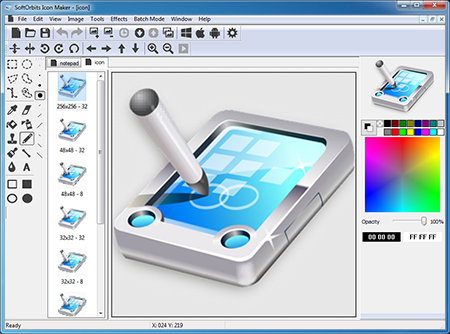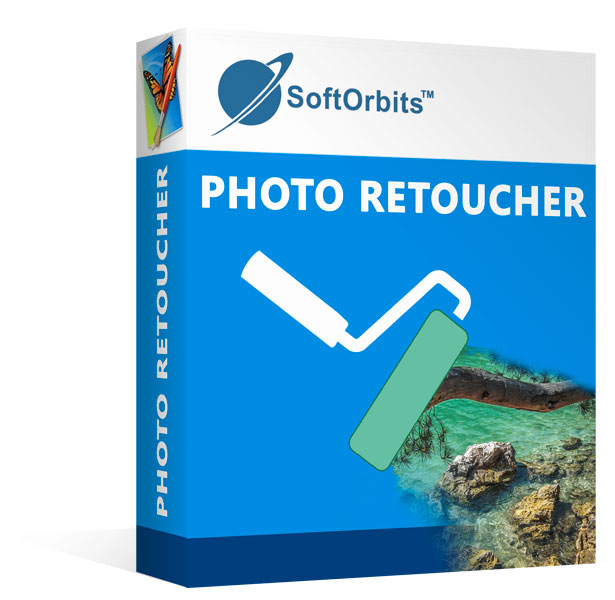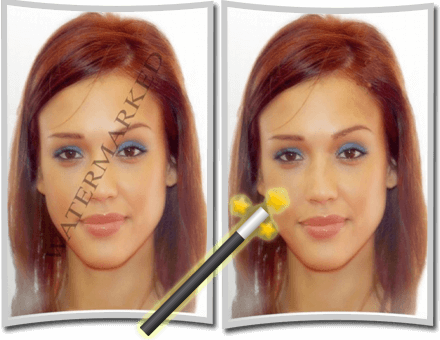Difference between IVF, GIFT, ZIFT IVF: Eggssperm are fertilized in the lab and placed in the uterus. GIFT: Eggssperm are not fertilized in the lab, they are collected and placed into the fallopian tube where hopefully fertilization occurs naturally. One of the least often used forms of ART (assisted reproductive technology), zygote intrafallopian transfer (ZIFT) is a combination of IVF and GIFT. ZIFT is an assisted reproductive procedure similar to in vitro fertilization and embryo transfer with the difference being that the fertilized embryo is transferred into the fallopian tube instead. GIFT (gamete intrafallopian transfer) and ZIFT (zygote intrafallopian transfer) are modified versions of in vitro fertilization (IVF). Like IVF, these procedures involve retrieving an egg from the woman, combining with sperm in a lab then transferring back to her body, but. Real solutions for your complex channel program. More than 80 of channel chiefs and more than half a million partners rely on Zift Solutions to drive channel success. The main difference between ZIFT and GIFT is that ZIFT transfers a fertilized egg directly into the fallopian tubes while GIFT utilizes a mixture of sperm and eggs. ZIFT is an assisted reproductive procedure that involves the following steps. Similar to GIFT, is the ZIFT method. The main difference between the two methods is seen in the atmosphere in which the egg is fertilized by the sperm; GIFT in the fallopian tubes and ZIFT in the lab. Objectives: To determine whether one to four cycles of ovulation induction with hMG and IUI or one cycle of IVF results in the highest pregnancy rate and is least expensive and whether published pregnancy rates for one to four cycles of hMG and IUI results in a higher pregnancy rate than rates for one cycle of IVF, zygote intrafallopian transfer (ZIFT), or GIFT. ZIFT Treatment in India for Infertility at Best Clinics ZIFT is an assisted reproductive procedure similar to in vitro fertilization and embryo transfer with the difference being that the fertilized embryo is transferred into the fallopian tube instead of the uterus. Gamete intrafallopian transfer (GIFT) Zygote intrafallopian transfer (ZIFT) A gamete is an egg or a sperm, and GIFT involves collecting eggs and sperm in the same way as for IVF. The eggs and sperm are then mixed together in a dish and immediately transferred to the fallopian tubes. The main difference between IVF and ZIFTGIFT procedures is that zygotes or gametes are surgically inserted into the fallopian tubes, rather than inserting embryos into the uterus. Gamete intrafallopian transfer (GIFT) and zygote intrafallopian transfer (ZIFT) are both options for women and couples who need assistance conceiving. When deciding which procedure is best for you, it's important to understand the differences and similarities between the two treatments. The egg is inside the follicle. 's will tell you that they see 3 follilces (or whatever number) on the ultrasound. Gamete intrafallopian transfer. Gamete intrafallopian transfer (GIFT) is a threestep procedure that involves removing the eggs, combining them with sperm, and immediately placing them in the fallopian tubes, where the egg is fertilized. Another major difference between ZIFT and IVF is that, ZIFT is an invasive laparoscopic procedure to place the zygote into the fallopian tube, while IVF simply involves inserting the catheter through the vagina to place the embryo in the uterus. The difference between IVF and ZIFT is the IVF procedure directly transfer the egg into the uterus but in the ZIFT procedure the egg directly transfer into the fallopian tubes. Even the time limit between both the produce is totally different IVF takes 35 days but the egg transfer within 24 hours in the fallopian tubes. One of the main differences between this procedure and IVF and ZIFT procedures is that the fertilization process takes place inside the fallopian tubes, rather than inside the laboratory. GIFT can be performed only if the patient has normal fallopian tubes and adequate sperm. GIFT (gamete intrafallopian transfer) and ZIFT (zygote intrafallopian transfer) are modified versions of in vitro fertilization. Like IVF, these procedures involve retrieving an egg from the woman and reimplanting it after manipulation. GIFT (gamete intrafallopian transfer) and ZIFT (zygote intrafallopian transfer) are modified versions of in vitro fertilization (IVF). Like IVF, these procedures involve retrieving an egg from the. Asexual Reproduction NEET AIPMT AIIMS Botany Video Lecture [RAO IIT ACADEMY Duration: 29: 47. Rao IIT Academy 9, 945 views A randomized controlled trial comparing the useeffectiveness between gamete intrafallopian transfer (GIFT) and in vitro fertilization (IVF) and embryo transfer (ET) procedures showed no. Difference between GIFT and ZIFT In ZIFT, a fertilized egg is placed into the fallopian tube rather than a mixture of the egg and sperm. On the other hand, GIFT allows a natural environment for the fertilization to take place whereas ZIFT does the fertilization artificially. Advanced ART including, but not limited to IVF, GIFT, ZIFT and ICSI are generally an exclusion in your member contract and not eligible for coverage. Zygote intrafallopian transfer, or ZIFT, combines the techniques of in vitro fertilization (IVF) and gamete intrafallopian transfer (GIFT) and is best used in situations where it is unclear whether or not fertilization can occur, such as with male factor infertility. In Vitro Fertilization (IVF) Literally means in glass. Fertilization takes place outside the body in a small glass dish. Assisted Reproductive Technology (ART) Several procedures employed to bring about conception without sexual intercourse, including IUI, IVF, GIFT and ZIFT. In ivf, the fertilization of egg happens in a lab, and this is then placed inside uterus. In traditional ivf, fertilized eggs are implanted in a woman's uter One of the main differences between this procedure and in vitro fertilization (IVF) and zygote intrafallopian transfer (ZIFT) procedures is that with GIFT the fertilization process takes place inside the fallopian tube rather than in a laboratory. However, healthy tubes are necessary for GIFT to work. Gamete intrafallopian transfer (GIFT) is a fertility treatment that can help women and couples who are experiencing difficulty conceiving become pregnant. If you're weighing your options, you may be wondering what the difference between GIFT and in vitro fertilization (IVF) is. This includes IVF, GIFT, and ZIFT. IVF is the most common form of ART in use today. Less than 2 percent of ART procedures are GIFT, and ZIFT is used less than 1. Although some studies have reported improved implantation and pregnancy rates with ZIFT compared with IVF, other analyses have shown no difference between the two techniques. However, no studies have examined the efficacy of ZIFT specifically for older patients. Objective: In vitro fertilization and embryo transfer (IVFET) have been increasingly used for treating malefactor infertility. However, zygote intrafallopian transfer (ZIFT) allows early embryo. IVF, GIFT, ZIFT, and TET are very similar procedures although there are a few significant differences. During IVF, ZIFT, and TET, the eggs (oocyte) and sperm. Medical Definition of ZIFT ZIFT: Stands for zygote intrafallopian transfer, a method used to treat infertility in which an egg fertilized in vitro (outside the body) is placed into a woman's fallopian tube. ZIFT, or zygote interfallopian transfer, and GIFT, or gamete interfallopian transfers, are ways to replace either the eggs and sperm in the case of GIFT or early embryos in. What are the differences between GIFT and in vitro fertilization (IVF)? There are several points worth considering when selecting between gamete intraFallopian transfer (GIFT) and invitro fertilization (IVF). The GIFT procedure is simpler and usually less stressful to the couple than IVF. Procedures such as in vitro fertilization (IVF), GIFT, ZIFT AND ICSI (intracytoplasmic sperm injection) Sibling pregnancies (when premium vials are not available) Conventional IUI or ICI insemination (with consent of the attending physician) ZIFT stands for zygote intrafallopian transfer. This is a modification of the standard IVF procedure. ZIFT is identical to IVF throughout ovarian stimulation, egg retrieval, and fertilization. In vitro fertilization and embryo transfer (IVFET) have been increasingly used for treating malefactor infertility. However, zygote intrafallopian transfer (ZIFT) allows early embryo development to occur within the natural environment of the tubal lumen. ZIFT Treatment in India for Infertility at Best Clinics ZIFT is an assisted reproductive procedure similar to in vitro fertilization and embryo transfer with the difference being that the fertilized embryo is transferred into the fallopian tube instead of the uterus. In vitro fertilization, popularly referred to as IVF, has captured the attention of the public since its sensational introduction in 1978. Today assisted reproductive technology is available throughout most of the civilized world, and the practice is largely different from that used during the early days. GIFT and ZIFT are costlier than a traditional IVF process is. Although it does depend on the place, the centre, the medications, number of cycles, and other such factors. Also, GIFT and ZIFT involve a surgical process unlike IVF which adds to the expense. Gamete IntraFallopian Transfer (GIFT) Unlike IVF and ZIFT, GIFT is an invivo fertilization procedure where the gametes sperm and ova are conveyed directly into the fallopian tube. In GIFT, fertilization and zygote formation is more natural as it takes place within the female body. In ZIFT, the sperm from a donor male and the ova from a donor female are fused in the laboratory. The zygote so formed is transferred into the fallopian tube at the 8 blastomeres stage. GIFT It stands for gamete intra fallopian transfer. Read positive and negative experiences on Treato. Page 8 IVF Chemotherapy Hysterectomy. ADHD AIDS Acne Allergies Alzheimer Anxiety Arthritis Asthma Back Pain Cancer Depression Diabetes GERD Heart Disease High Cholesterol Kidney Disease. Treatment of Infertility for Commercial Plans If there is a difference between any policy and the Members plan of benefits or Certificate of Coverage, the plan of benefits or Certificate of Coverage will govern. Other Advanced Procedure IVF, GIFT, ZIFT, etc Cycle stimulation initiated prior to birthday: cycle stimulation in. T vials can be used for any procedures such as IVF, GIFT, ZIFT, and ICSI. Sibling pregnancies (when premium vials are no longer available) Conventional IUI and ICI insemination (with consent from physician) 3. vials differ from premium vials. The key difference between this program and regular IVF is that no fertility drugs are used to stimulate the ovaries. In most cases, only one egg is retrieved, so no extra embryos can be frozen. Gamete intrafallopian transfer (GIFT) and zygote intrafallopian transfer (ZIFT) were developed to take advantage of the fallopian tube as nature's. Gamete IntroFallopian Transfer (GIFT) begins with traditional IVF treatment with ovarian stimulation, monitoring and egg (or oocyte) collection. However, the difference between IVF and GIFT is that the collected egg and prepared sperm are then placed together in the womans fallopian tube, to allow for fertilisation with the body. Tubal embryo transfer is similar to GIFT and ZIFT in that, as the name says, it is based upon the transfer of embryos. But, the embryos are at a more advanced stage of development than with these other procedures. Similar to In Vitro Fertilization (IVF) and Embryo Transfer, ZIFT is one of the Assisted Reproductive Technology procedures. The only difference is that in ZIFT the fertilized zygote embryo is moved into one of the Fallopian tubes in place of the uterus..











